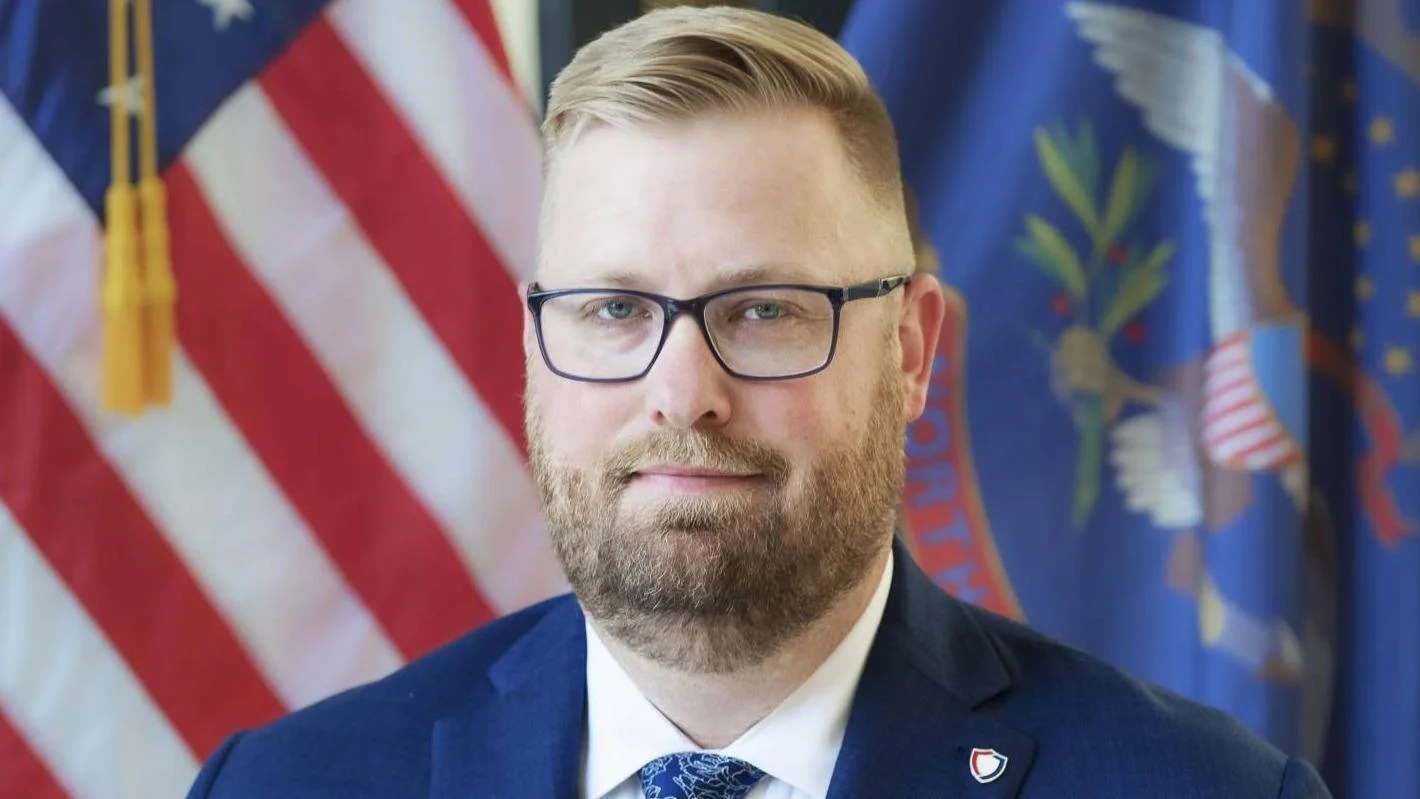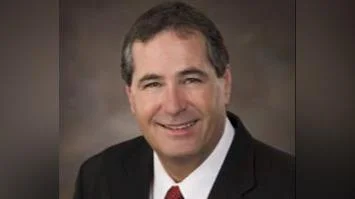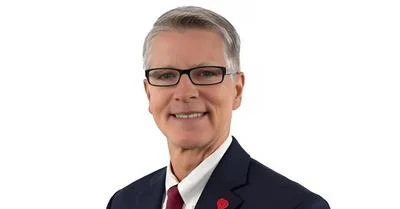Jon Godfread, Commissioner | North Dakota Insurance Department
Jon Godfread, Commissioner | North Dakota Insurance Department
North Dakota residents who buy their own health insurance could face higher premiums in 2026 if enhanced federal subsidies are not renewed. Insurance Commissioner Jon Godfread has approved rates for Affordable Care Act (ACA) plans for 2026, but the possible end of these subsidies could mean increased monthly costs for many consumers. These changes would be separate from any state-approved rate adjustments.
“This year, we asked companies to submit rates based on the assumption that enhanced subsidies would continue,” Insurance Commissioner Godfread said. “They also filed supplemental documentation outlining the potential market impacts if those subsidies were to end. Our approved rates reflect the state’s review and adjustments, but the larger variable for 2026 will be determined at the federal level.”
A notable change for 2026 is that “catastrophic plans” in the individual market will now be available to more people, regardless of age, if they meet new eligibility requirements. This expansion has led to higher rate increases for these plans than previously expected.
While the state has approved rates for 2026, many consumers currently receiving subsidies could face additional costs if federal subsidy amounts are reduced. These extra costs are set at the federal level and not by the state. In some cases, the increase could be significant.
“We can and should debate the long-term future of these federal subsidies,” Godfread said. “But that debate has to include an honest conversation about health care costs. Hospitals, pharmaceutical companies, and insurers all play a role in affordability. Until those costs come down, or at least stabilize, simply removing the subsidies just leaves consumers exposed.”
The Kaiser Family Foundation (KFF) has produced graphics to show how out-of-pocket premium costs could rise if enhanced ACA premium tax credits are not extended.
For the 2026 plan year, Commissioner Godfread approved the following average base rate changes in the small group market: UnitedHealthcare Insurance Company (8.29%), Blue Cross Blue Shield of North Dakota (6.30%), Sanford Health Plan (3.91%), and Medica Insurance Company (7.89%).
For individual health plans, the approved average base rate changes are: Blue Cross Blue Shield of North Dakota (8.30%), Sanford Health Plan (5.12%), and Medica Health Plan (23.09%).
To help manage possible reductions in subsidies, consumers can consider other plan options such as lower premium silver plans, bronze plans, or catastrophic plans. However, changing plans may affect deductibles, coinsurance, and provider networks. The Department recommends that consumers review their options carefully and contact their insurance company or a licensed agent to understand how changes could affect their coverage and out-of-pocket costs.
“Our goal is transparency,” Godfread added, “North Dakotans deserve to know what’s driving these potential changes. The discussion in Washington is complex and isn’t just about numbers – it’s about real people who have come to rely on these subsidies to find affordable coverage to protect their families. We want North Dakotans to understand what’s driving potential premium changes and to know they have options to help manage costs.”
More information about approved rates and potential subsidy impacts can be found on the Department’s website.






 Alerts Sign-up
Alerts Sign-up